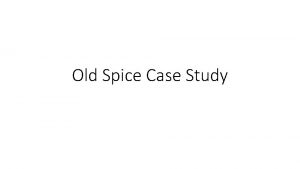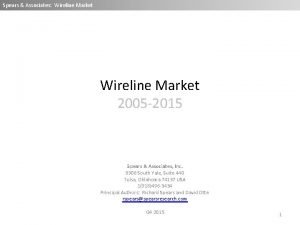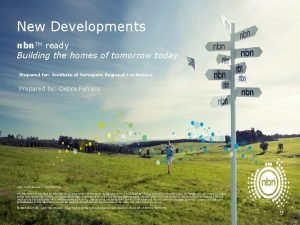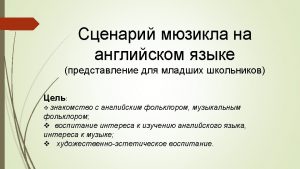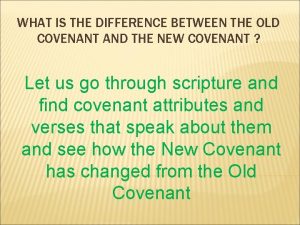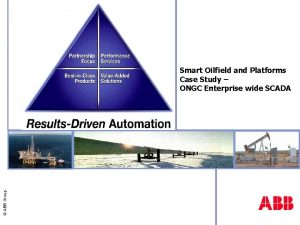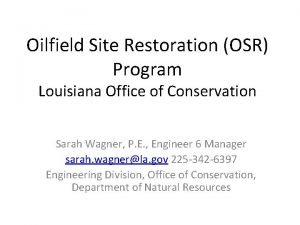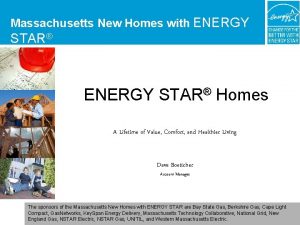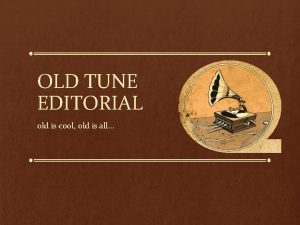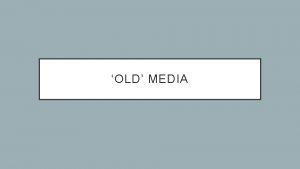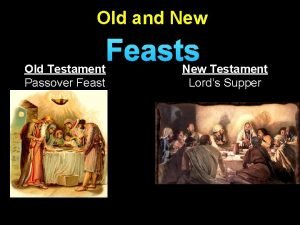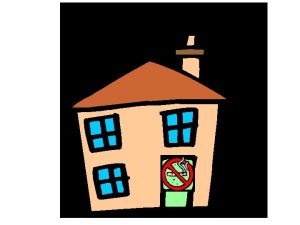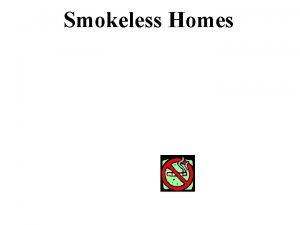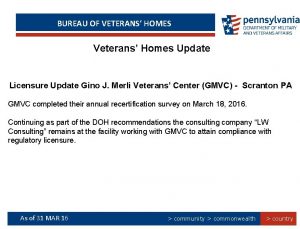Old Oilfield vs New Homes Case Study Site



















- Slides: 19

Old Oilfield vs. New Homes Case Study - Site history Patricia Billingsley, Brownfields Manager, Oklahoma Corporation Commission

WEST EDMOND OIL FIELD CIRCA 1945

Oilfield Site Location

Background • In a fairly new gated community in NW OKC, recent homebuyer Mrs. Z complained that her water well tasted salty. • Soon after, her neighbors were also complaining • Since this was a historic oilfield area, the OWRB contacted Corp Comm, and our Field Inspector came out and sampled the wells in 2011.

Z Well White evap. Salt rim, dead/dying irrigated plants


Background • All but one of the wells tested were over the secondary salt drinking water standards. • Later we learned that two original subdivision homeowners had wells in their backyard, with later new wells in the front yards. Red Flag! • According to one homeowner, his backyard well was bad when bought from the developer 8 years ago; he arranged for a new, better front one…. • We were able to get partway downhole in one backyard well; barely touched water in the other.

Sampling Results Na/Cl <0. 6 indicates oilfield source Wells ~300’ deep; only got to ~150’ B backyard SO 4 TDS or Na/Cl Who Na ppm Cl ppm Totl. Sol. Salts Z 1314 3323 798 7597 0. 395 L 665 2171 370 4996 0. 306 C 438 1047 722 3247 0. 418 D 210 460 357 1756 0. 457 N 184 139 302 1095 0. 662 0. 441 B Frontyard 92 417 79 1327 B Backyard 1600 Highlighted Orange or Yellow - exceeds secondary drinking water standards

Sampling data • Five of the 6 Wells exceeded secondary drinking water standard (250 ppm) for chlorides • These five have a sodium/chloride (Na/Cl) ratio below 0. 6, indicating an oilfield source. • Five wells – not the same 5 – were also high in sulfates (SO 4), but that is fairly common in central Oklahoma in the Garber sandstone area. BASO 4. • The lowest chloride well, still elevated in sulfate, did NOT have an oilfield Na/Cl ratio.

BASO 4 – Barite Roses in Garber

Oilfield Brines • This is in the old Edmond oilfields area. • The USGS database of Produced Oilfield Brines in Oklahoma had samples from 90 wells in the Edmond, Edmond North, and Edmond West oilfields. • These produced waters are very saline, with chlorides up to 217, 587 ppm. It takes very little water this high in salts to pollute fresh water.

1941 Aerial Showing Drill Rigs, Pits Dry salty pit Drill rig shadows Pit with water Oil Well Spots

Old Pits & Wells, Modern Air Photo Oil Well Spots Pit s

Conclusions • With water wells high in Na & Cl, in a ratio strongly suggestive of an oilfield source; and • The homes are sitting on an old oilfield; and • 1 water well was drilled through a former pit, and another is beside a former well; then • Old Oilfield Activity and Spills Are Probably Responsible For The Well Pollution

Conclusions • Which pits, spills, wells, or other exact source(s) had to be determined However – we were pretty sure that • The open, surface to 300’ deep gravel pack water well construction channeled pit/wellsite (spill) surface contaminants down into the Garber Aquifer. • Especially the abandoned backyard wells!

Well Pack Channels Contaminants SOURCE HENNESSEY SHALE GARBER SANDSTONE WHY WE NEED TO PLUG WATER WELLS

Intermediate Solutions • The city was persuaded to bring a water line into the subdivision, so the homeowners could connect to clean drinking water (at a $$ cost) - done; • And • Corp Comm’s Brownfields program will pay for, and OWRB oversee, having now-unused water wells drilled out and plugged to prevent the spread of more contaminants down into the aquifer.

Other Work Sampling – • All other subdivision H 2 O wells (~40) will be sampled – to look for oilfield impacts

Other Work Geophysics – Some done, more will be • To locate sources of the problem, and • Where the saline GW plume is, to • decide which wells most need plugging (limited $$ budget).
 Old spice campaign case study
Old spice campaign case study Spears and associates oilfield market report
Spears and associates oilfield market report Spears & associates oilfield market report
Spears & associates oilfield market report L&j oilfield services
L&j oilfield services Digital oilfield solution
Digital oilfield solution Hours of service logbook examples
Hours of service logbook examples New-old approach to creating new ventures
New-old approach to creating new ventures Njbta
Njbta Best worst and average case
Best worst and average case Hershey's erp failure
Hershey's erp failure New yorkers spaces homes
New yorkers spaces homes New solar homes partnership
New solar homes partnership Nbn requirements for new homes
Nbn requirements for new homes Hot site cold site warm site disaster recovery
Hot site cold site warm site disaster recovery How old you
How old you Once upon a time there lived a little country girl
Once upon a time there lived a little country girl Once upon a time there lived an old man and an old woman
Once upon a time there lived an old man and an old woman Once upon a time hansel and gretel
Once upon a time hansel and gretel Ignatius old testament study bible
Ignatius old testament study bible Difference between old covenant and new covenant
Difference between old covenant and new covenant
